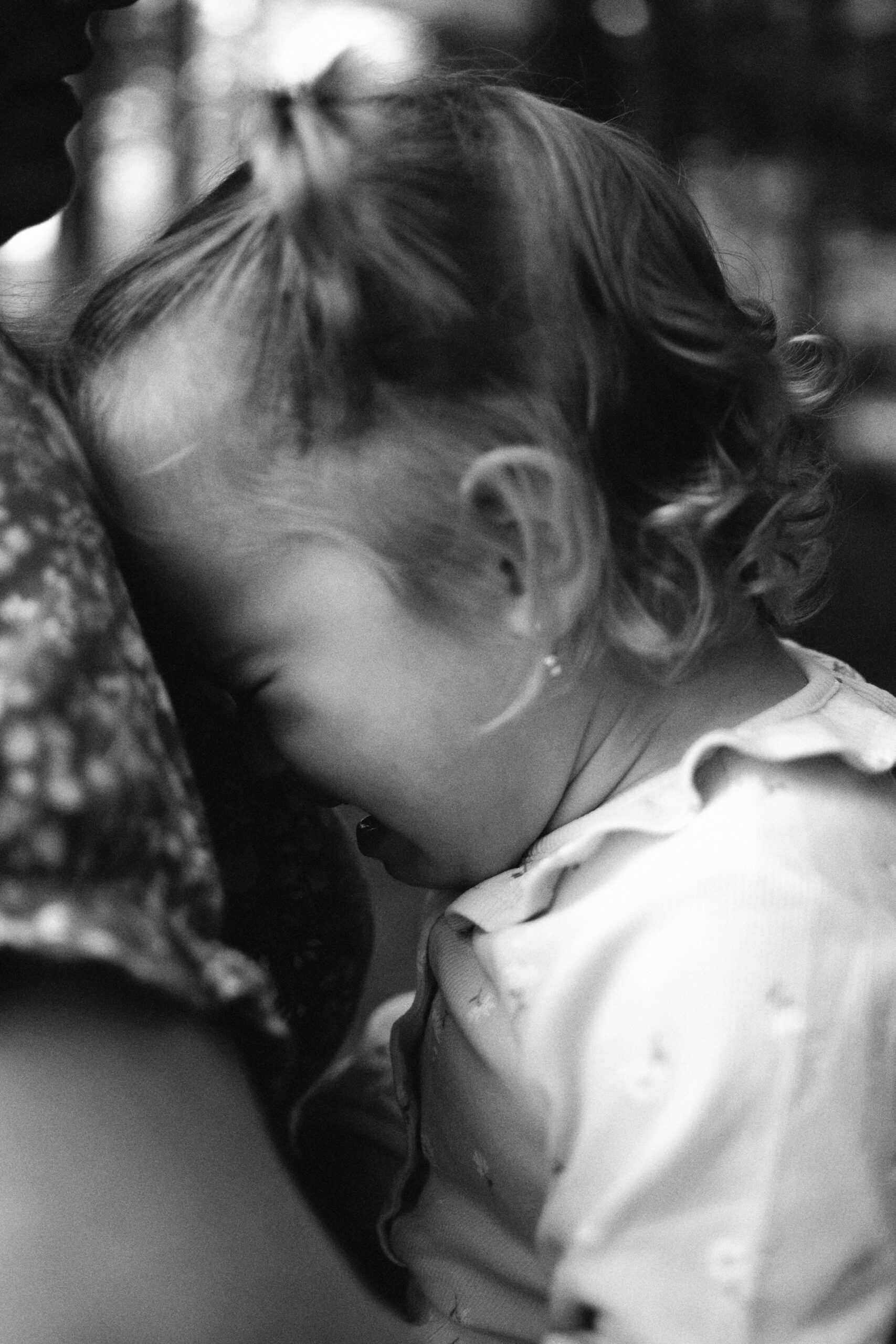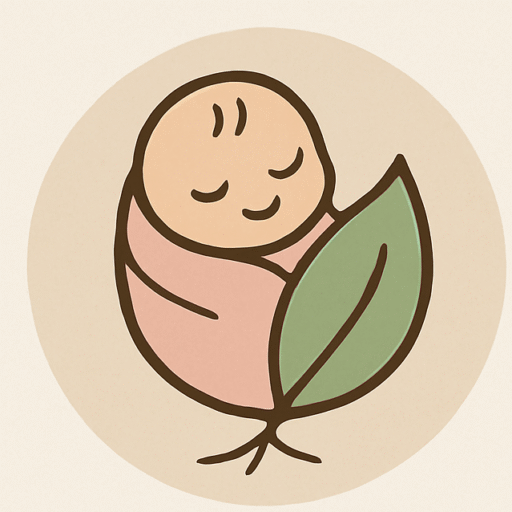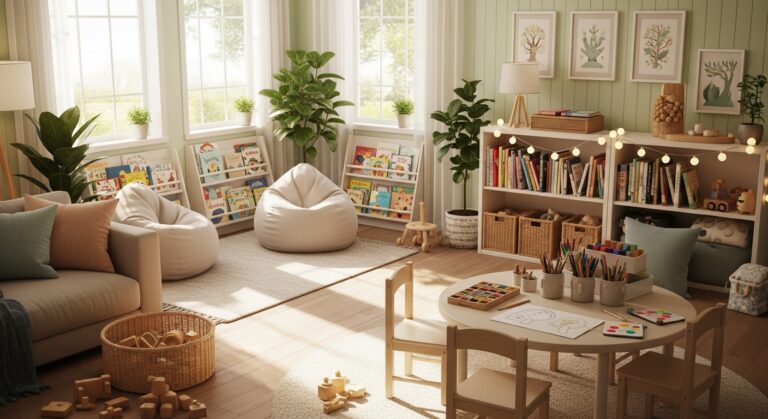7 Gentle Ways to Calm Toddler Tantrums
Peaceful, proven strategies that truly work

🌿 It Started With a Meltdown in Aisle 3
It was a normal Tuesday. I had just three things to grab at the store, and my toddler was tagging along in the cart, snacking and humming. Then—like flipping a switch—he wanted out. He wanted the red cereal box, then the blue one. And when I said “No, not today,” he lost it.
Screaming. Kicking. A full-body tantrum. Right in aisle 3.

I froze. My heart raced. For a moment, I wanted to yell or threaten or just escape. But instead, I remembered what I’ve slowly learned on this gentle parenting path: my calm is his calm.
So I bent down, softened my voice, and said,
“You’re feeling really upset right now. I’m here. It’s okay to feel big feelings.”
He kept crying. But the moment changed. And so did I.
If you’ve been there — overwhelmed, embarrassed, unsure what to do — you’re not alone. Toddlers have tantrums. It’s how we respond that matters most.
Here are 7 gentle, respectful, and science-backed ways to calm tantrums and build emotional safety — without yelling, punishing, or bribing.
1. Anchor Yourself First
Your toddler’s brain is still developing, but yours is fully formed — so they need your calm, not your chaos. When a tantrum begins, pause. Breathe. Speak slower and softer than you want to.
🧘 “If I’m calm, my child can borrow my calm.”
2. Validate the Feeling (Even If You Say No)
You can hold boundaries and make space for emotion. Say things like:
“You really wanted to play longer. That’s hard.”
“You’re mad because the snack broke. I see you.”
Validation isn’t giving in — it’s connecting.
3. Offer Gentle Touch or Proximity
Some toddlers want a hug. Others just want you near. Crouch down to their level. Open your arms. Let them come to you when ready.
👶 Physical presence tells them: “You’re not alone with this big feeling.”

4. Don’t Reason During the Storm
A tantrum isn’t a teachable moment. Their brain is in survival mode, not logic mode. Wait until calm returns before explaining or correcting.
🧠 Save the life lessons for later — during the meltdown, just ride the wave.
5. Create a Calm-Down Ritual
Over time, build a predictable pattern for handling big feelings:
– Deep breaths together
– Going to a calm corner
– Squeezing a soft toy
– Listening to a gentle song
This teaches emotional regulation through repetition and rhythm.
6. Redirect Gently (When Appropriate)
Sometimes, toddlers just need help shifting their focus. After naming the feeling, try:
“Let’s go water the plants together.”
“Want to show your bear how to take deep breaths?”
Avoid distraction that dismisses feelings — instead, use redirection rooted in empathy.

7. Circle Back When Calm
Later, when the storm has passed and your toddler is regulated, talk briefly:
“You were really upset when we had to leave. Next time, we can try taking three big breaths together.”
This builds trust, awareness, and resilience.
🌈 Final Thoughts: Gentle Isn’t Passive
Gentle parenting isn’t about letting your child “get away” with everything. It’s about teaching — through connection, not control. Over time, your calm presence during tantrums will help your child build the emotional tools to handle big feelings on their own.
So next time a meltdown happens (and it will), know this:
You’re not failing. You’re showing up. And that’s enough.
💾 Save & Share
📌 Loved this post? Pin it to your Gentle Parenting board on Pinterest!
💬 What’s your go-to calming trick during toddler tantrums? Tell us in the comments — your story might help another parent breathe easier.








